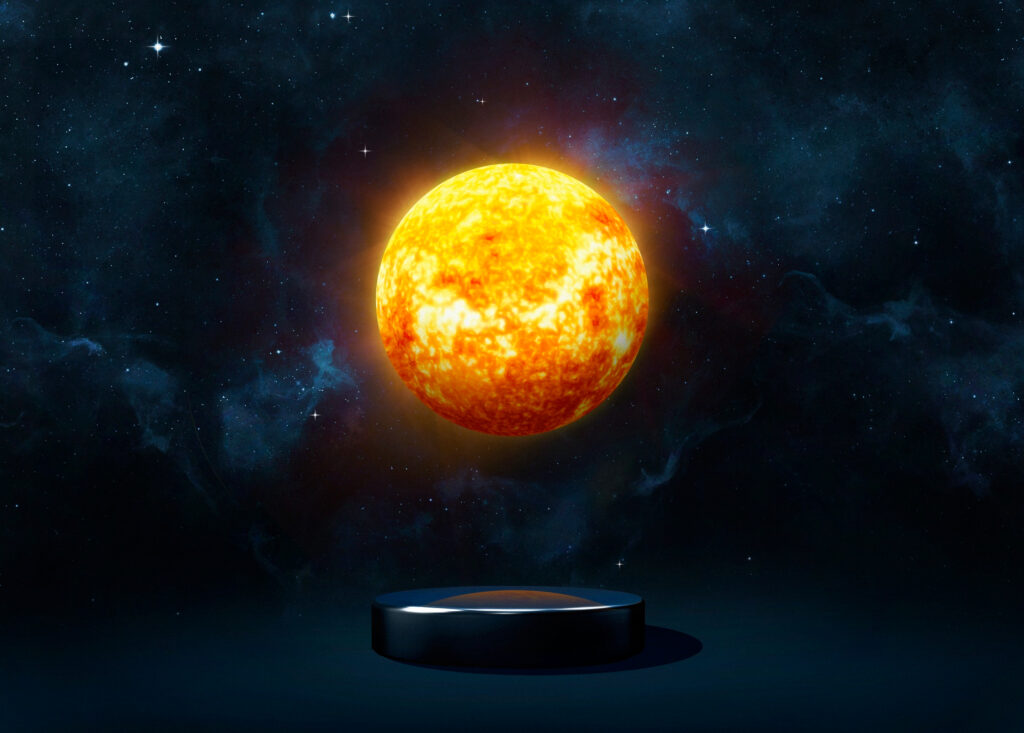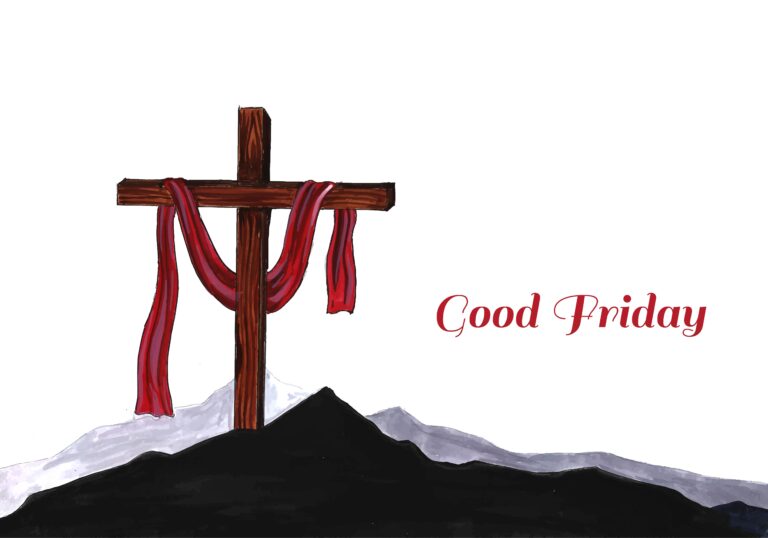The June solstice, the point at which the sun and equator are the furthest away from one another, takes place between June 20 and June 22 every year. In the northern hemisphere, it is also called the summer solstice and is the winter solstice in the southern hemisphere. This varies if using the Gregorian calendar system.
The June solstice occurs when the sun reaches the most northern point. Since the North Pole tilts in the direction of the sun, this means the sun will be directly above the Tropic of Cancer. It is because of this tilt that the earth has seasons.
For those north of the equator, this day will have the most sunlight hours of the year. Above the Arctic Circle, the Midnight Sun shines all night. In contrast, those living close to the equator may not even notice that the length of sunlight does not change as much as other locations.
In the northern hemisphere, the first day of the June Solstice is celebrated as the first day of summer, meaning longer periods of daylight. The southern hemisphere experiences the shortest day, beginning the season of winter. Some believe that Stonehenge was built in order to keep track of the summer solstice, dependent on the sun’s position to the stones.
Traditions
Many Solstice celebrations have pagan roots, and most ancient civilizations recognized the day in some capacity. The activities of the moon and sun helped ancient civilizations keep calendars and tend to agriculture. Some associated this activity with deities and other spiritual elements. A new season often evokes the theme of rebirth or new experiences, as celebrations often honored gods of fertility. June solstice was a common time of year to hold weddings.
The movement of solstices and equinoxes were the only way that some civilizations were able to understand seasons and nature. Tracking celestial movements often gave a sense of connection to something greater than one’s immediate surroundings. Ancient European civilizations held many Midsummer festivals. The Gauls held festivals during this time of year in honor of Epona, a goddess of fertility that protected horses. Bonfires were held by many tribes during the June Solstice. These pagan European customs eventually fused with Christian traditions as the religious identification of the area changed. The ancient Chinese held a commemoration of femininity and the Earth. Summer solstice represents the forces of “yin” and its corresponding winter solstice the “yang.”
Native American culture is deeply rooted in rituals related to the movements of the sun. The Sioux would hold a ritual to mark the summer solstice that included using a tree to symbolize a connection to the celestial heavens surrounded by teepees to represent the cosmos. Celebrations included a ritual dance, fasting, and body painting with blue, red, yellow, white, and black.
Some Neopagan or New Age communities still observe rituals during the June solstice. Festivals, environmental activities, and celebratory gatherings include other contemporary commemorations of the June solstice. Many European countries still largely celebrate Midsummer festivals since pagan customs became engraved into these cultures, and festivals take advantage of the longer periods of sunlight. These festivals still celebrate fertility, but the focus on the festival is the activities—maypole dances, bonfires, feasting and other events.













































